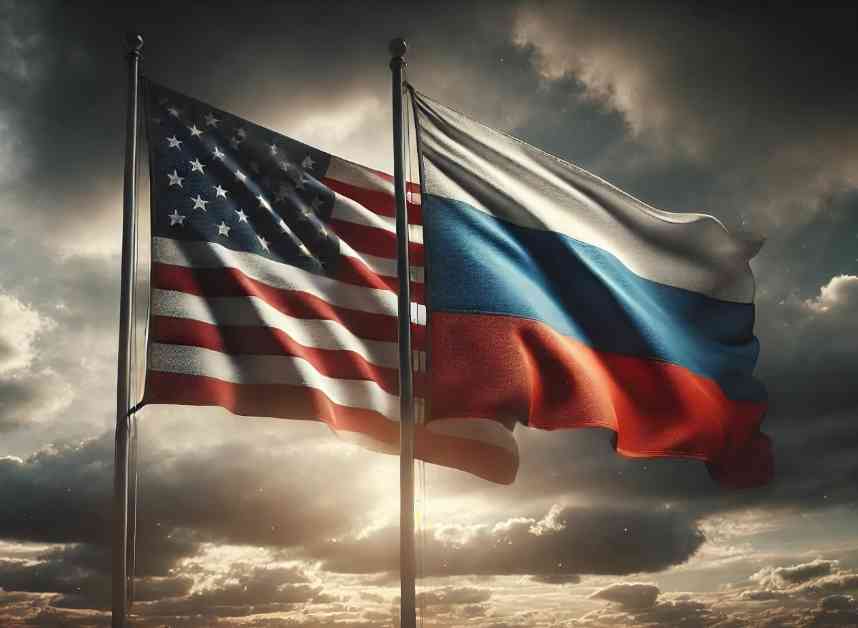Decades after the Cold War, the United States still views Russia as a foe rather than a potential ally. This deep-rooted hostility, driven by both ideological and financial interests, has kept the two nations at odds. With a new administration in the White House and facing various economic and geopolitical challenges, it is time for a reassessment of U.S.-Russia relations. The question policymakers must ask themselves is whether continuing to treat Russia as an enemy serves the national interest or if it is simply an outdated relic from the past.
The Roots of Conflict and Broken Promises
The seeds of the current conflict were sown in the late 1980s and early 1990s when Western leaders, including the U.S., made promises to Soviet leader Mikhail Gorbachev that were later disregarded in favor of expanding strategic interests. These broken promises have fueled Russia’s deep-seated distrust of the West and contributed to the ongoing tensions.
### NATO Expansion: A Betrayal of Trust
During negotiations over German reunification in 1990, U.S. Secretary of State James Baker assured Gorbachev that NATO would not expand “one inch eastward.” However, this promise was broken as former Warsaw Pact nations and even former Soviet republics joined NATO, leading Russia to perceive this expansion as a direct threat to its security and sovereignty.
### The False Promise of Economic Partnership
Following the collapse of the Soviet Union, Western countries failed to deliver on the promise of a “Marshall Plan for Russia” to help with its transition to a market economy. Instead, Russia experienced economic turmoil and felt abandoned by the West, leading to a sense of national humiliation and resentment toward the U.S.
### The Budapest Memorandum and Western Double Standards
The Budapest memorandum of 1994, where Ukraine, Belarus, and Kazakhstan relinquished their nuclear arsenals in exchange for security assurances, proved to be meaningless when Russia annexed Crimea in 2014. The West condemned Russia’s actions, but the complexities of the region, including Crimea’s historical ties to Russia and the cultural divide in eastern Ukraine, were overlooked in favor of a narrative of Russian aggression.
Addressing the Counterargument and Moving Forward
While some argue that Russia’s actions in Georgia and Ukraine justify NATO’s expansion, the reality is a cycle of provocation and escalation that requires diplomacy to break. The key to moving forward lies in recognizing past mistakes, pursuing a pragmatic approach to relations with Russia, and prioritizing diplomacy over confrontation.
### Why the U.S. Keeps Fueling Conflict
The ongoing hostility toward Russia is not only ideological but also driven by financial interests, particularly the profit-driven military-industrial complex. Defense contractors benefit from exaggerated fears of Russian aggression, while ordinary Americans bear the economic costs of perpetual conflict, highlighting the need to reevaluate U.S. priorities and spending.
In conclusion, overcoming the legacy of the Cold War requires a shift in mindset from viewing Russia as an enemy to engaging in meaningful diplomacy. The true threat to America lies not in Russia but in the perpetuation of old hostilities that serve the interests of a few at the expense of many. By prioritizing diplomacy over defense contracts, the U.S. can lead the world in a new direction based on cooperation and mutual respect.














